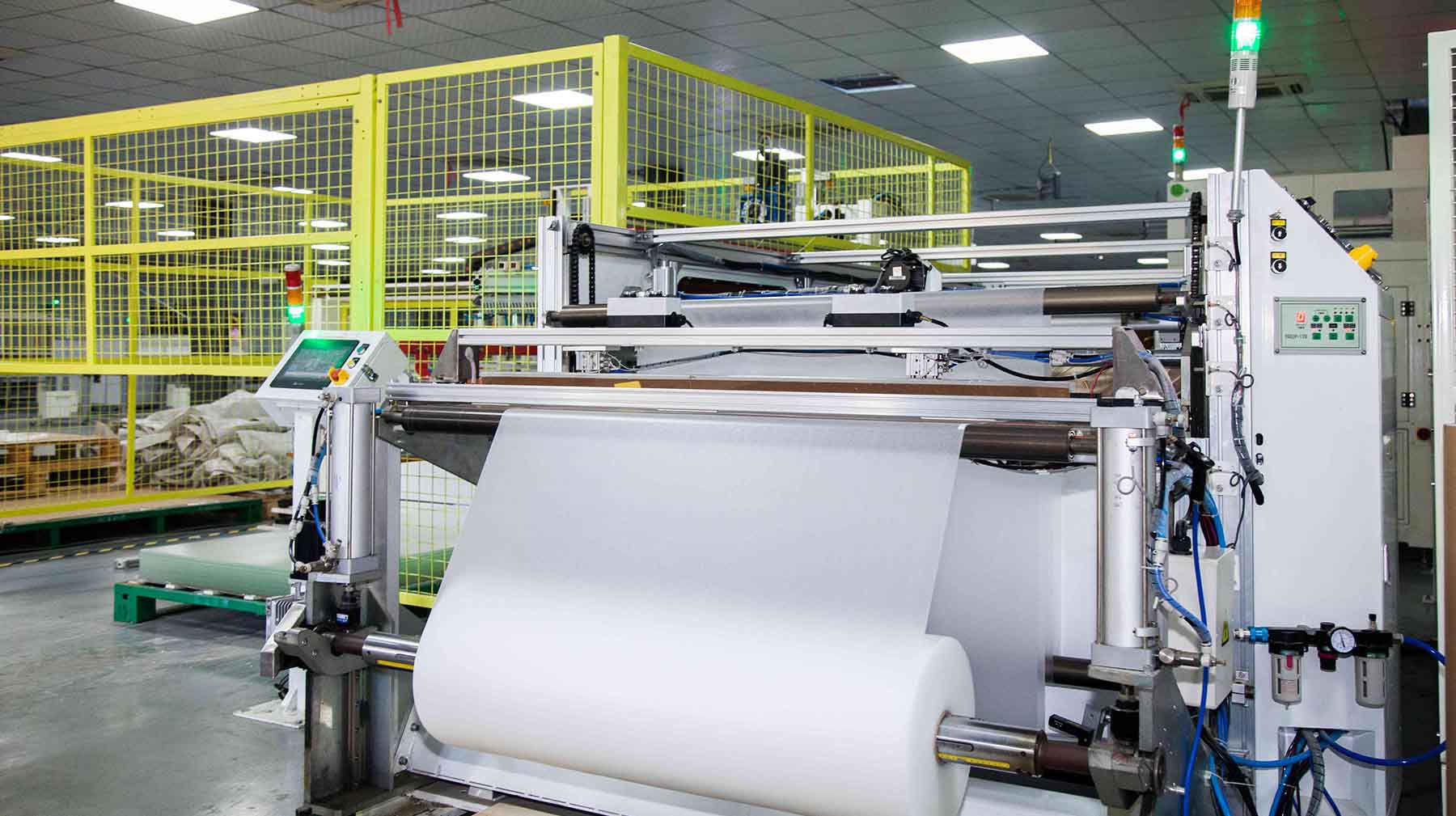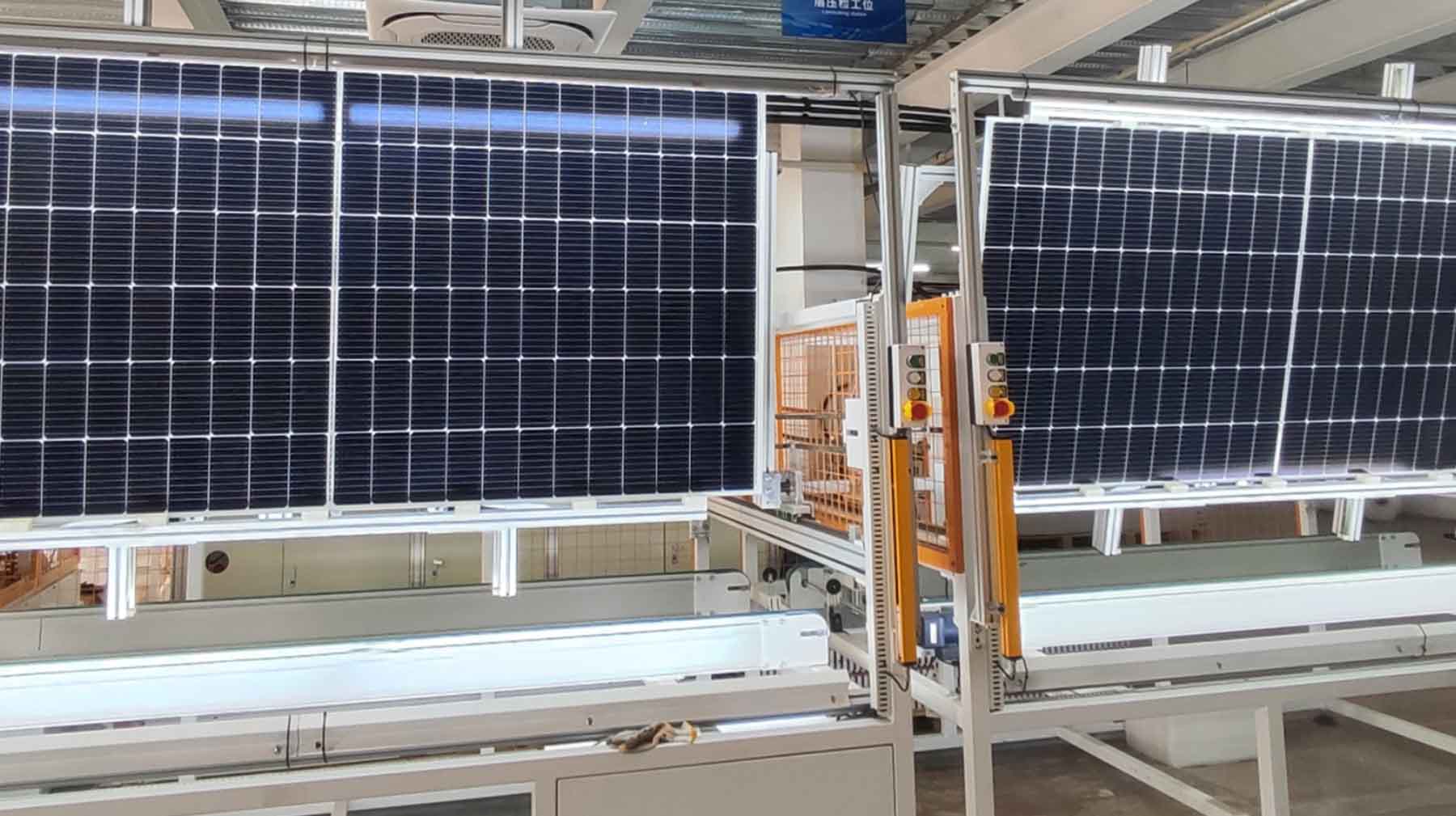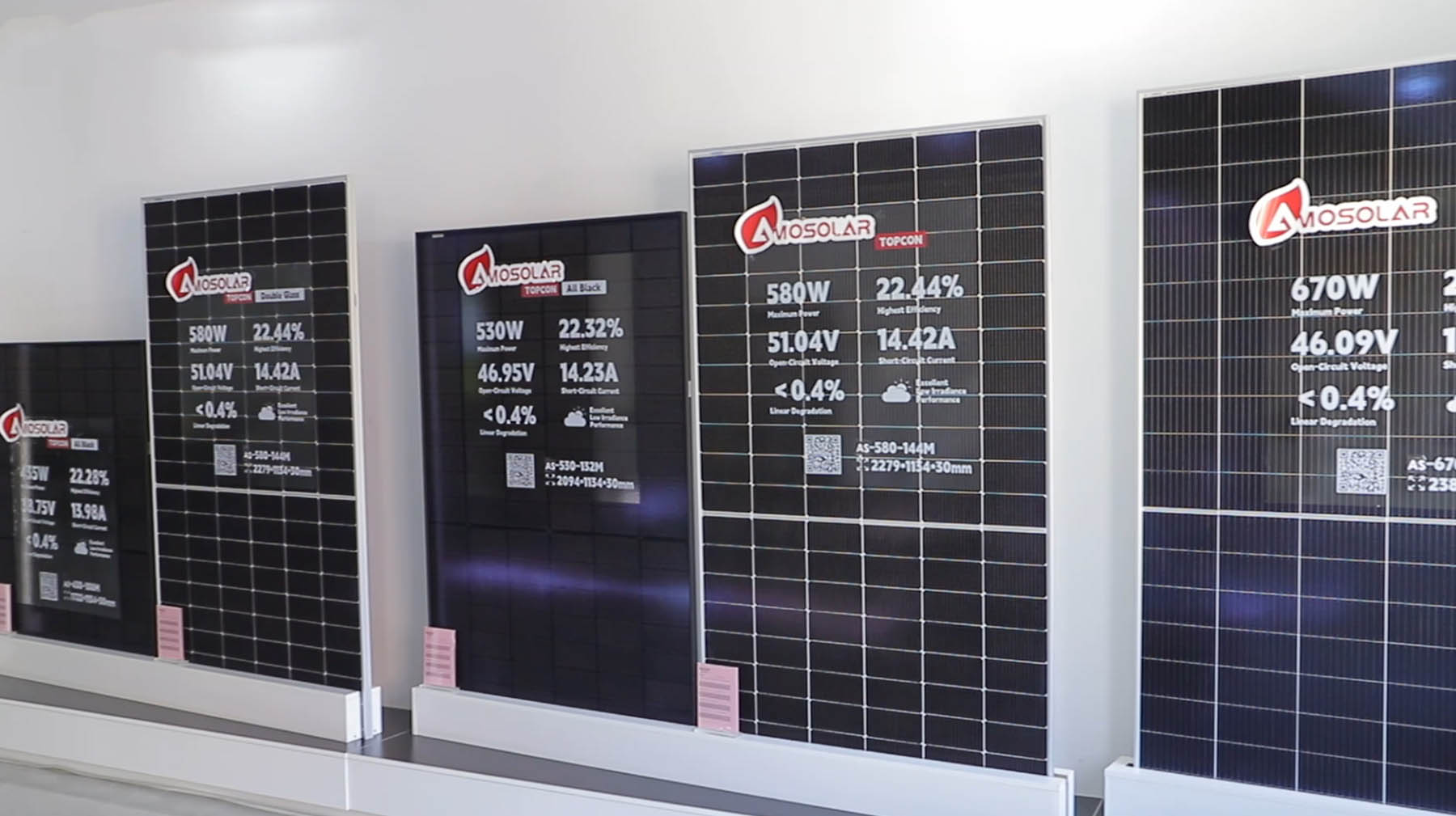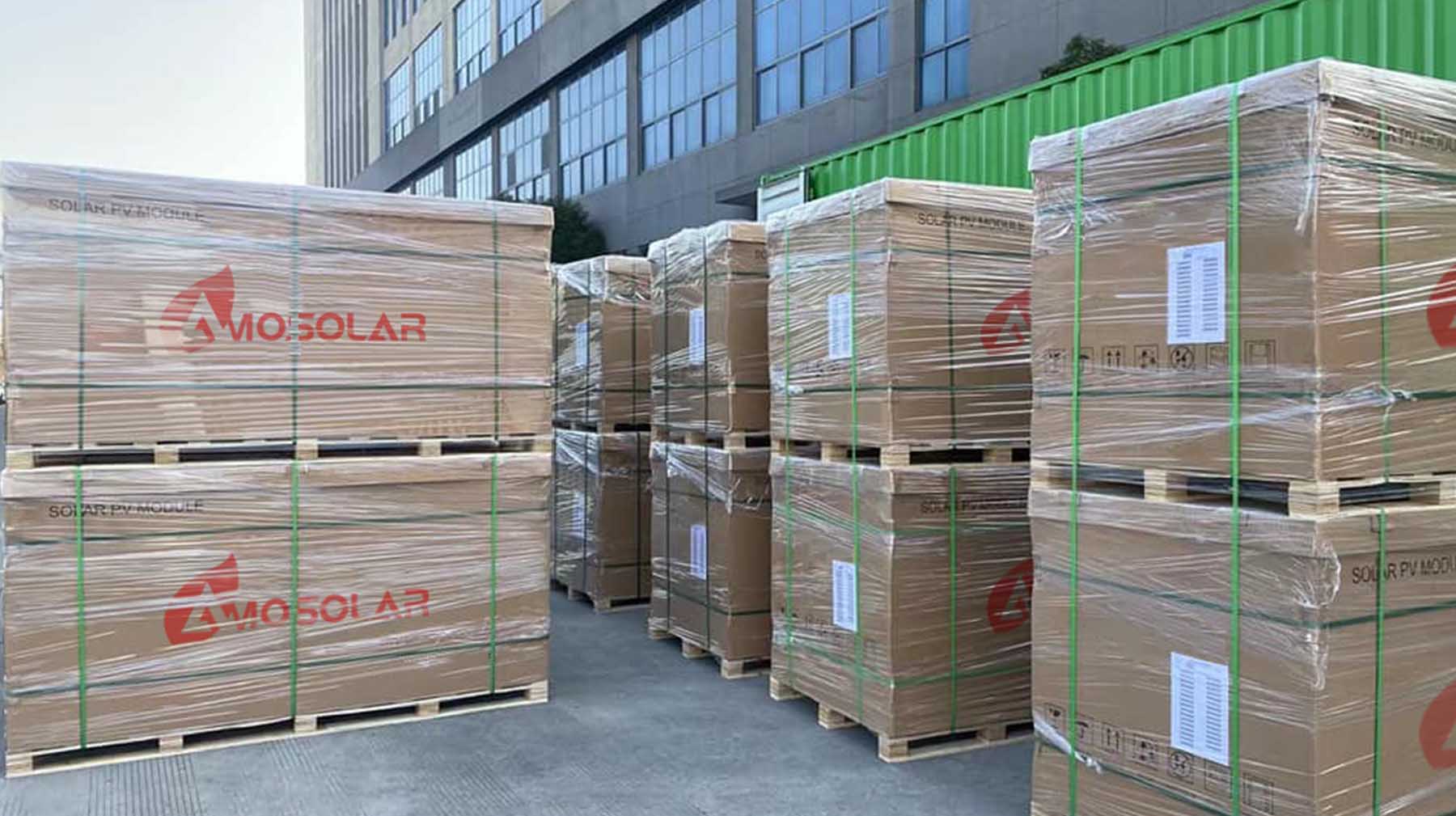Meet the Author
Amosolar Co., Ltd., headquartered in Hefei City, Anhui Province, China, is a professional manufacturer and one-stop solar provider. We specialize in providing complete on-grid, off-grid, hybrid solar systems and energy storage system.
Amosolar only produce first-class new energy photovoltaic products, including solar panels, solar batteries...and equip with excellent teams that focus on product development, design, quality control, inspection and after-sales for making sure every piece solar goods have a good performance and every clients can satisfed with our quality and service. Rest assured, our products come with internationally recognized certifications suchas ISO, lEC, CE, TUV, INMETRO, COC, SONCAP, RETIE and more.
Amosolar Co., Ltd. has successfuly established a robust distribution network across Europe, South America, Asia and Africa. With a solid track record, we have exported over 10GW of solar products to 100+ countries, earn many positive reviews from our esteemed clients.
Thank you for choosing Amosolar Co., Ltd., and hope our cooperation value for you. Your trust are the driving force and goal of our company.

Solar panels are pivotal in the global shift towards renewable energy, converting sunlight into electricity. As demand for clean energy grows, understanding the intricate process of solar panel manufacturing becomes essential. This article provides a detailed exploration of how solar panels are made, from raw materials to finished products, highlighting each significant step in the process.
Step1: The first step is cut the full cells to half cut, as we know at present the solar panels on the market are basically half cells. The machine is very clever will not damage the cells . The red area is checking cells apperance, if the cell has problems we will stop it and put it to another way, so before the sodding they will check every pieces cells to ensure quality.

Step2: Loading glass, then put EVA on the glass, this is sodding, this red area is checking cells apperance again, it will check every pieces cell again for Guarantee the quality. We can clearly see from the screen that if there is a crack or fake Welding in the cell, the sodding is good or not.

Step3: lay out: we will collect each string to together.
Step4: Tape on the cell for prevent the moving during the lamination, this tape is special, it’s high temperature tape, they can not be more or less.

Step5: The next step is EL test, we will do 2 times EL test in total, one is one, before lamination, the second time we will do before packing. EL test before lamination is very important, they make sure everything is good, because after lamination if it has any problems, you can not do rework.The panel is good or not, you can’t just see it’s apperance, you should test it’s EL. Just like A doctor can't determine whether a person's heart or body is diseased or not just by looking at his appearance. We will give it a current through every pieces cells, so we can see very clearly which cells has problems from this screen. Maybe sometime you get a very cheap quote you can ask them for EL test, you will see the EL is almost black, why black is not good? What happend? The cells are polluted! The current can not go though, if you use one or two years, the power will lose a lot.
Step6: cool down :Thermal expansion and contraction, So we need to wait for it to cool completely before trimming.
Step7:Trimming: Trim off excess backsheet.
Step8:Test the apperance with eyes.

Step9: Framing color has 2 choice, black and silver , and size you can choose 30mm or 35mm, Although the 30mm frame is thin, but it is as hard as the 35mm, because its meter weight is heavier. meter weight is an important standard to measure frame’s quality.
Step10: Put the silicent use machine, not more, not less, 90% panels problems are caused by the junction box here, If the assembly here is not good, it will leak water and dust, which will affect the efficiency of panels, so we use IP68 junction box.

Step11: To solidify :wait the silicent dry.
Step12: IV test: Simulate standard test condition, Light intensity 1000pa, temperature 25 degrees Celsius.
Step13: Final EL test before packing, to make sure all products are good before packing.

Step14: Put lables on the backsheet.
Step15: Flip check , to checking the apperance before packing.
Step16: Install corner guards. (white and black)
Step17: Automatic packaging machine for color grading.
Step18: Mother panel: Sent to the laboratory for testing every six months, then we use Mother panel to test our machine twice everyday.

Step19: Packaging: Finally, the solar panels are carefully packaged to prevent damage during transportation and installation, ensuring they reach the customer or end user in pristine condition.

This entire process ensures that solar panels can efficiently capture sunlight and convert it into electricity to power homes, businesses, and other applications. Leading PV panel manufacturers in China play a crucial role in advancing solar technology by offering high-quality products like 550W solar panels and others, designed to enhance efficiency and meet global energy demands. As demand for clean energy continues to grow, the availability of solar panel wholesale options helps reduce costs, making solar energy more accessible to a broader audience. Understanding how these advanced solar panels are made highlights their importance in the transition to a greener, more sustainable future.
 Address: No.210 QianShan Road, Shushan Dsitrict, Hefei, Anhui, China
Address: No.210 QianShan Road, Shushan Dsitrict, Hefei, Anhui, China Tel: +86 13956933621
Tel: +86 13956933621 Email: info@amo-solar.com
Email: info@amo-solar.com Contact: Sabrina Han
Contact: Sabrina Han


